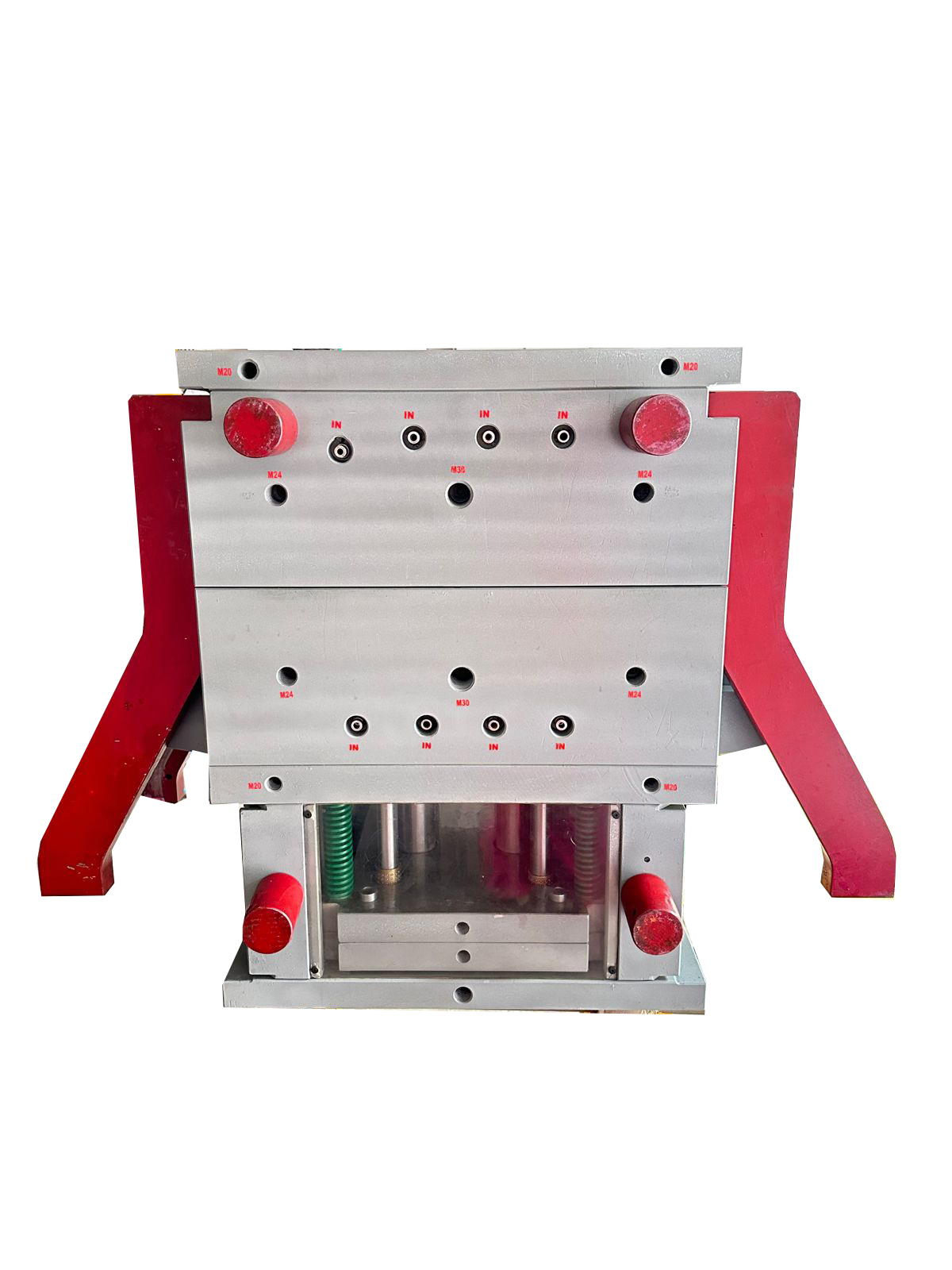
B U D G E T I N G
In the realm of manufacturing, effective budgeting for moulds is a crucial aspect that directly influences the success of a project.
At VJ Tools, we understand the significance of strategic budgeting in mould manufacturing and offer insights to help you navigate this critical aspect with efficiency and foresight.
- Comprehensive Project Assessment
- Collaborative Design Optimization
Before embarking on mould budgeting, conduct a thorough assessment of the entire project. Define the scope, expected production volumes, and specific requirements. This holistic understanding serves as the foundation for an accurate budget.
Engage in collaborative design discussions to identify opportunities for optimization. Working closely with your design and engineering teams can lead to cost-effective modifications that maintain product integrity while reducing mould complexity and production costs.
- Material Selection Efficiency
- Lifecycle Cost Consideration
Material costs constitute a significant portion of the moulding budget. Optimize material selection by balancing performance requirements with cost considerations. Utilize materials that align with project needs without unnecessary expenses.
Look beyond initial expenses and consider the lifecycle costs of the mould. Investing in higher-quality materials and precision engineering might incur a higher initial cost but could lead to long-term savings through reduced maintenance and extended mould lifespan.
- Prototyping and Iteration
- Supplier Relationships and Negotiations
Allocating resources for prototyping and iterative design processes can save costs in the long run. Rapid prototyping allows for testing and refinement, preventing costly modifications during full-scale production.
Cultivate strong relationships with mould suppliers and negotiate effectively. Establishing long-term partnerships can lead to favorable pricing and terms. Leverage your relationship to gain insights into cost-saving opportunities and industry best practices.
- Risk Contingency Planning
- Process Optimization for Efficiency
Include a contingency budget to address unforeseen challenges. Mould manufacturing may encounter unexpected issues that can impact timelines and costs. Having a contingency plan ensures that the project remains resilient in the face of uncertainties.
Evaluate the manufacturing process for opportunities to enhance efficiency. Streamlining production workflows, implementing automation, and adopting lean manufacturing principles can contribute to cost savings without compromising quality.
- Compliance and Certification Costs
- Continuous Monitoring and Adjustments
Factor in costs associated with compliance and certification requirements. Ensuring that your moulds meet industry standards is essential, and budgeting for certification processes avoids delays and additional expenses during production.
Mould budgeting is not a one-time task but a dynamic process. Continuously monitor project progress and budget adherence. Regularly assess whether adjustments are needed based on changing project requirements or external factors.
- Prototyping and Iteration
- Supplier Relationships and Negotiations
Allocating resources for prototyping and iterative design processes can save costs in the long run. Rapid prototyping allows for testing and refinement, preventing costly modifications during full-scale production.
Cultivate strong relationships with mould suppliers and negotiate effectively. Establishing long-term partnerships can lead to favorable pricing and terms. Leverage your relationship to gain insights into cost-saving opportunities and industry best practices.

